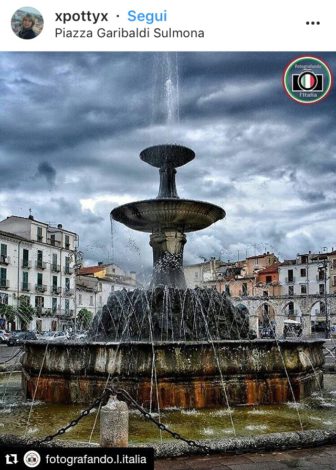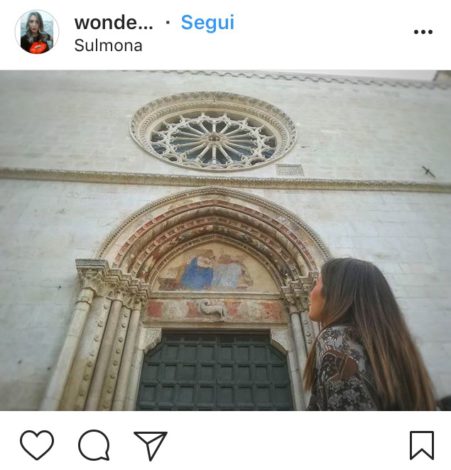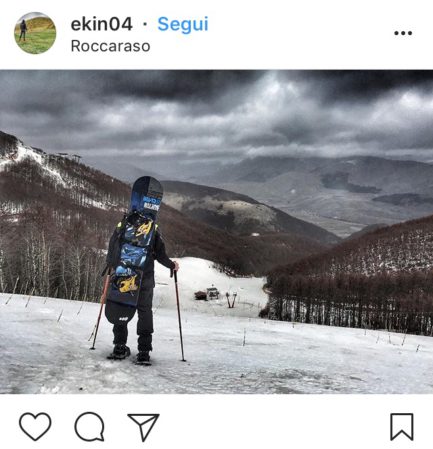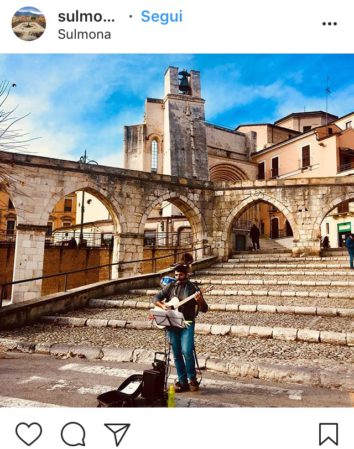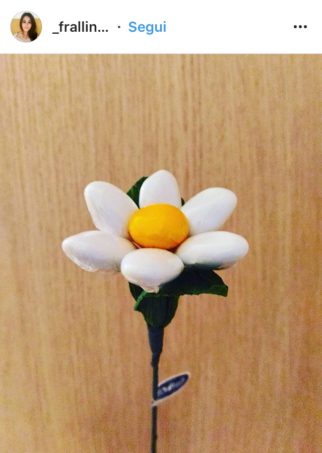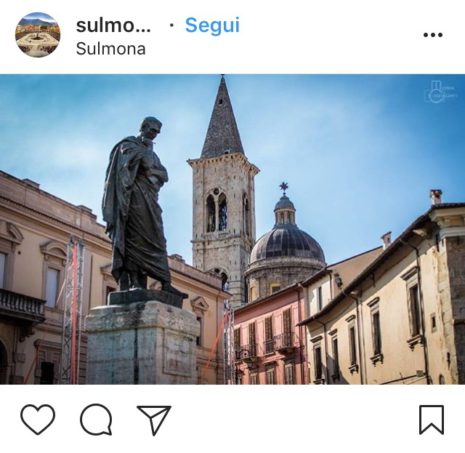Instaborghi: Sulmona, Italy, confetti and refinement
«Back to Instaborghi, the column that the whole universe envies us: today we travel to Sulmona, in the beautiful Abruzzo »
Sulmona continues our series of Instaborghi (click here for previous installments), which better place in Abruzzo to come back with our column? We missed you, I know, that’s why we’ve come back to give you some tips on this unique town called Sulmona.
What do you do in Sulmona? First of all, a ride in history. Sulmona, which is a town rather than an actual village, was the city of the Peligni, and we have been hearing of it since 90 BC, during the Punic War. In 43 BC the poet Ovid was born here. One of the best and most splendid periods in the history of Sulmona was under the dominion of Svevi and Angioini: under Federico II it was endowed with a university and became the seat of the convocations of the curia. It was badly damaged during the Second World War, but it never let itself be broken by events and, still today, it jealously preserves the strong identity built over the centuries within its walls.
What to see in Sulmona, Italy
You are spoiled with choice here: archeology enthusiasts? The archaeological sites of the Sanctuary of Hercules Curino and Ocriticum are close to Sulmona, the first – initially believed to be the house of Ovid – has turned out to be a huge structure, classifiable as a place of worship of the local populations from the 4th century BC to II AD; the second is an area with three temples dedicated to Jupiter, Hercules, Ceres and Venus. Arriving in the city, it is impossible to ignore the monumental entrance doors, all leading to the center, to Piazza Garibalbi, adorned by the famous Fontanon and made of Majella limestone.
The Complex of the Santissima Annunziata is probably the monument that most represents this village, as it contains centuries of history: the complex includes a hospital, which was one of the most important during the Kingdom of Naples. The Cathedral of San Panfilo Vescovo, protector of Sulmona, is the oldest religious building, built on the ashes of the pagan temple dedicated to Apollo and Vesta; the Churches of San Filippo Neri (1315) and Santa Chiara (1200), overlooking the main square, are also beautiful. Legend has it that, precisely in the Church of Santa Chiara, the art of modern processing of confetti was born, for which Sulmona is known all over the world. The medieval aqueduct, built in 1256, crosses the center with its 21 beautiful arcades. In the Civic Museum is hosted an archaeological collection of all respect and works of Abruzzo craftsmanship.
What to do in Sulmona, Italy
At Christmas time, here is the apotheosis of parties: if it snows, the atmosphere is fabulous and a very special train takes you around the various Christmas markets in the area, between Sulmona, Campo di Giove, Roccaraso, through the ” Trans-Siberian of Italy “, the ancient mountain railway from which to admire the Majella National Park.
Sulmona is also an excellent point for ski lovers: close to the most important ski resorts of Majella (Roccaraso, Ovindoli, Campo di Giove, Pescocostanzo, to name a few), is the ideal combination between sport and culture for a pleasant winter break.
What to eat in Sulmona, Italy
You can not leave without buying confetti, of course: the production is vast and varied. Pelino is the oldest confectionery factory of the place (1783) and also the most internationally awarded for the respect it has of the old recipes (it produces confetti without starch). Another historic company of Sulmona is that of Di Carlo, existing since 1833 and famous for the ” flowers of Sulmona” , the typical floral decorations made with confetti. Another local product is the red garlic of Sulmona: if you take a trip to the Aglio D’Alessandro farm, you will discover in how many varieties the beneficial properties of this territorial excellence can be declined.
Before indulging in the sugars, enjoy some healthy Abruzzo cuisine: fettuccine, pappardelle with wild boar, ravioli all’abruzzese, gnocchetti and beans, arrosticini, sausages and meat.
A little curiosity about Sulmona, Italy
At Easter we celebrate an ancient and very curious rite, the “Madonna that escapes”, a re-enactment of the encounter between the Madonna and the Risen Christ: the statue of the Madonna, at the sight of her son, launches into a frantic race, supported by men of the Confraternity of Santa Maria di Loreto and, during the journey, loses the cloak and a black handkerchief. If something goes wrong, disgraces are predicted for the city, otherwise, a lucky year is expected. Take a trip to Sulmona, Italy and you will be enchanted!
Carolina Attanasio



